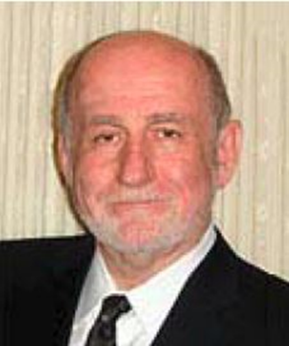SAGE Record 047, Ott
Ott, W. K., 2022, Sand control method selection: SAGE Record 047, 1 p. + supplemental material, <http://sagetech.org/sage_record_047_ott/>. SAGE Engineering keynote oral presentation at SAGE 2022, 23–25 March, Lafayette, Louisiana, and Virtual.
KEYNOTE PRESENTATION: Sand Control Method Selection
Ott, William K. (Bill), P.E. (Well Completion Technology, Houston, TX)

Sand control methods may be classified as mechanical bridging stand-alone equipment installations such as slotted liners, punched slot screens, prepacked screens, shrouded metal mesh screens, and expandable screens. Other means of control are gravel packs, frac packs, and sand consolidation by injection of chemicals into the formation to provide in situ grain to grain cementation.
Controlling sand flow by maintaining a high level of grain-to-grain stress in an unconsolidated sandstone formation within the borehole wall can now be included as an additional method. The application of self-lining screens has recently demonstrated this.
Factors to consider in selecting the sand control method include:
- Initial sand control cost
- Expected reliability and longevity
- Effect on well productivity
- Remediation cost
- Formation sand quality
- Level of reservoir pressure depletion, and
- Sand production history.
BIOGRAPHY: WILLIAM K. (BILL) OTT, P.E., is an independent petroleum consultant based in Houston, Texas, and founded Well Completion Technology, an international engineering consulting and petroleum industry training firm established in 1986. Before consulting and teaching, Mr. Ott was a division engineer for Halliburton’s Far East region based in Singapore. Previously he was a research field coordinator for Halliburton in Duncan, Oklahoma. Mr. Ott received his BS Degree in chemical engineering from the University of Missouri (1972). He is a registered professional engineer in Texas, a 45–year SPE member, and an SPE Distinguished Lecturer (2007–08) on the Selection and Design Criteria for Sand Control Screens. He regularly works with and on wells requiring sand control, principally in East Asia and South America. He has conducted technical petroleum industry courses worldwide and written numerous technical papers relating to well completion and workover operations. He co-authored World Oil’s Modern Sandface Completion Practices and Mature Oil & Gas Wells Downhole Remediation handbooks. Mr. Ott teaches a Sand Control Technology course several times each year in the U.S., Canada, Southeast Asia, and South America.

